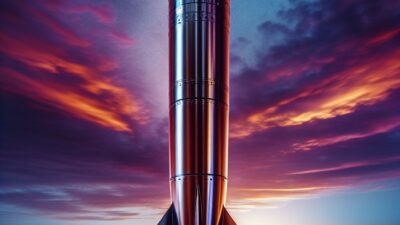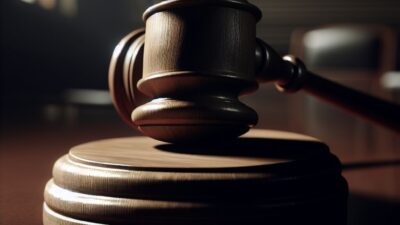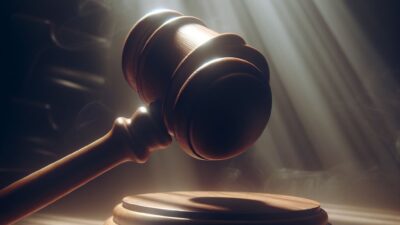Trump’s Water Claims in California: A Response from State Officials
President Donald Trump made a sensational claim on Monday night, asserting that the U.S. military had entered California and “turned on the water,” an allegation that has been widely challenged by state water officials. As California grapples with ongoing water supply concerns, the president’s remarks have ignited a heated debate over the state’s resource management and federal intervention.
Trump’s Declaration on Truth Social
In a post on Truth Social, Trump stated, “The United States Military just entered the Great State of California and, under Emergency Powers, TURNED ON THE WATER flowing abundantly from the Pacific Northwest, and beyond.” He went on to declare, “The days of putting a Fake Environmental argument, over the PEOPLE, are OVER. Enjoy the water, California!!!”
State Water Officials Respond
The California Department of Water Resources quickly refuted Trump’s assertions, clarifying that there was no military intervention in the state. The department stated, “The military did not enter California.” Instead, they explained that federal water pumps, which had been offline for maintenance for a short period, were simply restarted. “State water supplies in Southern California remain plentiful,” they added.
Political Pushback
Responding to Trump’s claims, State Senate Pro Tem Mike McGuire, a Democrat, took to social media to emphasize the inaccuracies of the president’s statement. “First off, shocker, water from the Pacific Northwest doesn’t flow to the Central Valley,” McGuire asserted on X (formerly Twitter). He continued, “Second, federal water pumps were down for repair and are now back on. Third, rest assured, the military has not invaded the delta. Facts are hard.”
Context of the Claims
These statements from Trump follow his recent executive order, which directs various federal agencies—including the Department of Defense and the Department of Homeland Security—to explore ways to deliver more water to Southern California and the Central Valley. This initiative comes as California faces heightened challenges from wildfires that have ravaged the Los Angeles area.
During a press conference on Friday, Trump laid out two significant conditions he believes must be met before the federal government would offer disaster relief to California. He called for lawmakers to approve voter identification legislation and to facilitate increased water deliveries from Northern California to the drier southern regions of the state.
Trump’s Visit to Los Angeles
“I want to see two things in Los Angeles. Voter ID, so that the people have a chance to vote, and I want to see the water be released and come down into Los Angeles and throughout the state,” Trump stated while visiting North Carolina, where he was assessing hurricane recovery efforts. He concluded, “Those are the two things. After that, I will be the greatest president that California has ever seen.”
Later that same day, Trump traveled to Los Angeles to survey the damage caused by the wildfires and to meet with local officials and residents affected by the natural disaster. His visit served to bring greater attention to the needs of the area, especially in light of the environmental challenges that persist.
Republican Proposals for Federal Aid
In the aftermath of Trump’s claims and the wildfires, Republican lawmakers in Congress have suggested linking wildfire relief to broader budgetary discussions. They propose that disaster aid could be contingent upon either a debt ceiling increase or modifications to California’s fire-mitigation policies. This strategy aims to ensure that federal aid aligns with fiscal responsibility and policy effectiveness.
A Divisive Environment
The conflicting narratives surrounding Trump’s assertions about military intervention in California and water resource management reflect a broader pattern of contention between federal leaders and state officials. As California continues to grapple with environmental crises and water scarcity, the state’s leadership remains firm in its commitment to managing resources without overreaching federal intervention.
Conclusion
The debate ignited by President Trump’s remarks underscores the complexities of water management in California—a state that has long faced challenges in balancing environmental concerns with the need for resources. As the conversation continues, California officials urge the public to focus on factual information and effective policy solutions that will enable the state to address its pressing water needs while mitigating the risks posed by natural disasters.












